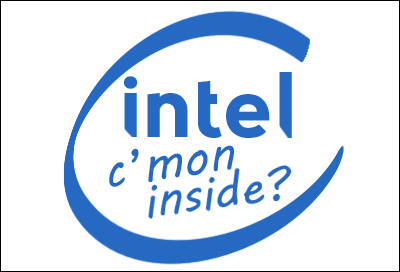
As many analysts have noted, it is difficult to imagine what Intel’s foundry business will look like one, two or even three years down the road because this is all new and what leading fabless player would place their well being in the hands of one who is totally new at the game. I would like to suggest there is a strategy in place that will soon lead to tectonic shifts in the semiconductor world. The assembled pieces of “no-name” startup chip companies building in Intel’s advanced 22nm trigate process include Achronix, Tabula and now Netronome. Each represent three possible solutions to high performance data path processing that may lead to Intel’s goal of dominance in the combined server, storage, networking platform. Or, perhaps they may serve as a forcing function for leading Altera, Xilinx, Broadcom, Marvell or Cavium away from TSMC and partnering with Intel. Either outcome is a win for Intel.
For much the past three years the spotlight has shined brightly on everything that is mobile – as it should have. Questions about Intel’s ability to either counter Apple’s ARM based mobile rise or to be its eventual supplier across the board will be on every analysts mind until there is resolution. However, there is another side to Intel’s business that is not well understood. Intel always fights a multi-front war to maximize its advantage and overwhelm competitors without similar magnitudes of resources. Only Intel, historically, has been able to do this.
Today, while it charges ahead with its Medfield processor in the smartphone and tablet space to blunt ARM’s early lead, Intel enters a mopping up phase in the PC market with its Ivy Bridge based Ultrabooks that will neuter AMD and nVidia in what will be the highest volume segment by the end of 2013. And in the background Intel has opened up a third front against the foundries of TSMC, Global Foundries and Samsung who the ARM Camp depends on to win the Mobile Tsunami Marketplace. Without a process within spitting distance of Intel, ARM would be relegated to trailing edge embedded SOCs. Therefore Intel will leverage its Fabs to peel away Foundry customers, cutting off oxygen that pays for future capital expenditures at leading nodes.
The announcements that FPGA startups Achronix and Tabula are utilizing Intel’s 22nm process technology had some guessing where were Xilinx and Altera. With Netronome, the question could be where is Cavium and the Netlogic RMI group acquired by Broadcom. All attack the data processing path that Intel needs to fill out the networking platform. The acquisition of Fulcrum last summer and QLogic’s Infiniband group provide critical functions that should be able to leverage 22nm at the expense of Broadcom and Marvell’s switch chips and Mellanox Infiniband chips.
As Andy Bechtolsheim, the former Sun founder and Google investor and now running Arista, a startup building low-latency high performance switches, said the era of ASIC based switch chips is over. The inevitable march towards merchant Ethernet silicon is on and who can build the fastest chips accessing the latest technologies wins. The Fulcrum acquisition seems to preclude Broadcom and Marvell from a Foundry slot unless they were to sign away product rights.
Traction by Achronix or Tabula could force Xilinx or Altera to seek an entry into the 22nm trigate process. Until now, both Xilinx and Altera have walled off the FPGA market to startups with their software tools, leading edge processes and robust IP. However what happens if a startup competitor gets a 3-year process technology advantage. In 2009, Altera beat Xilinx out the door by 12 months with its high end 40nm Stratix IV and ended up crushing them in the communications space, a segment that represents almost half the revenue and the majority of the profits. You have to wonder if there is any reason that they aren’t both running test wafers at Intel.
Diminishing nVidia and AMD’s stature in the PC and tablet business; pulling away a Xilinx or Altera; outrunning Broadcom and Marvell in the switch chip market all seem to be part of an overriding strategy that has yet to be communicated by Intel but is a factor in their massive capital expenditure that looks to double capacity by the end of 2013 and put some distance between them and the Foundries. If Intel out executes on the process side, then many fabless vendors may be presented with a Fait Accompli.
FULL DISCLOSURE: I am long INTC, AAPL, ALTR, QCOM






Comments
0 Replies to “Intel’s Fait Accompli Foundry Strategy”
You must register or log in to view/post comments.